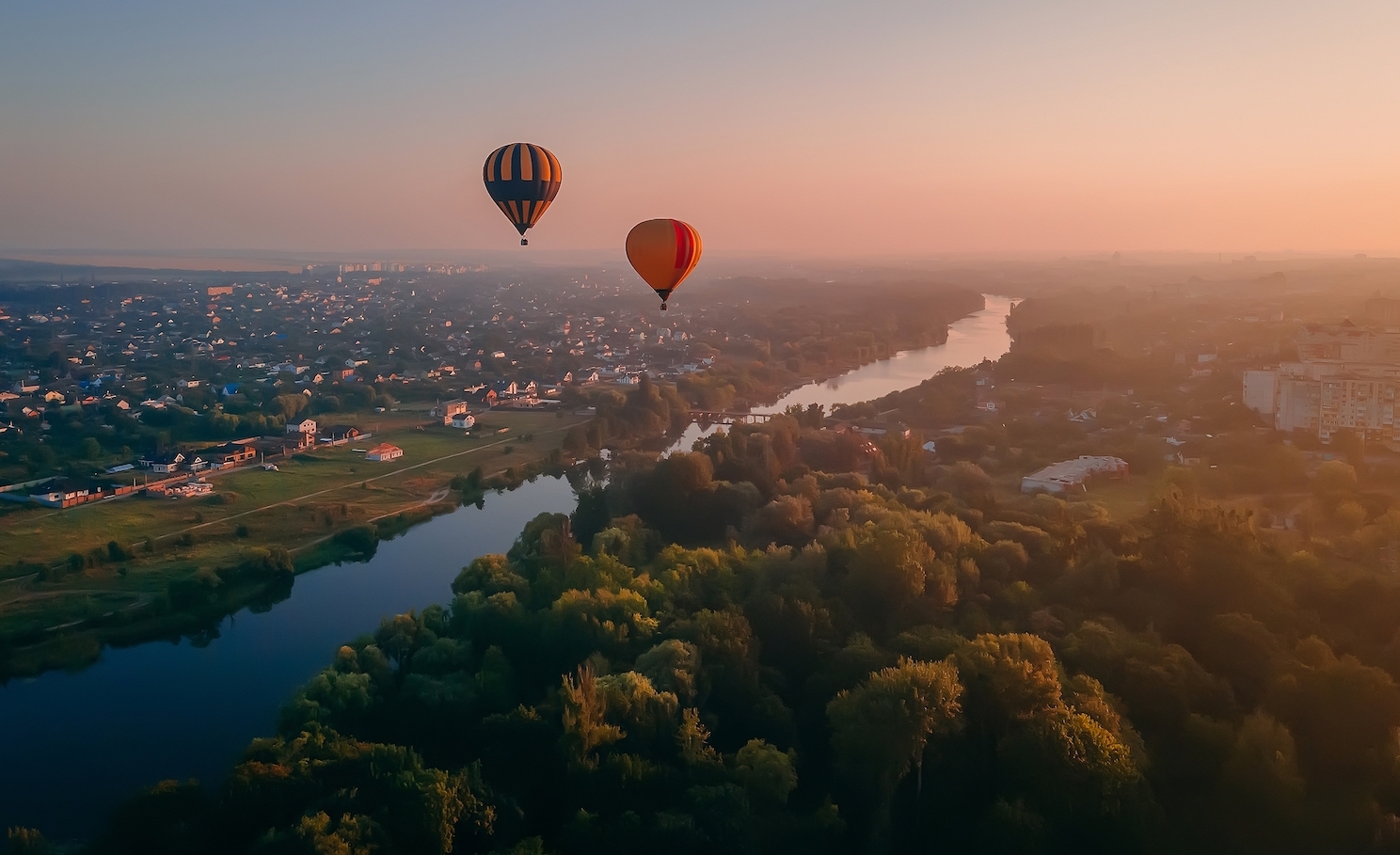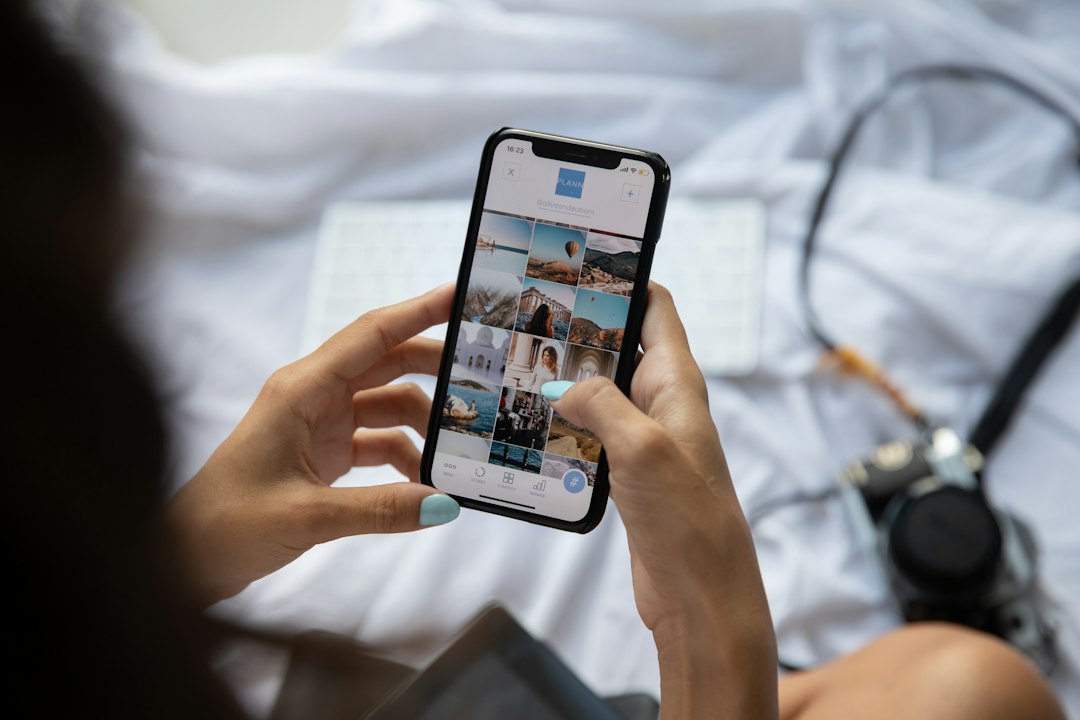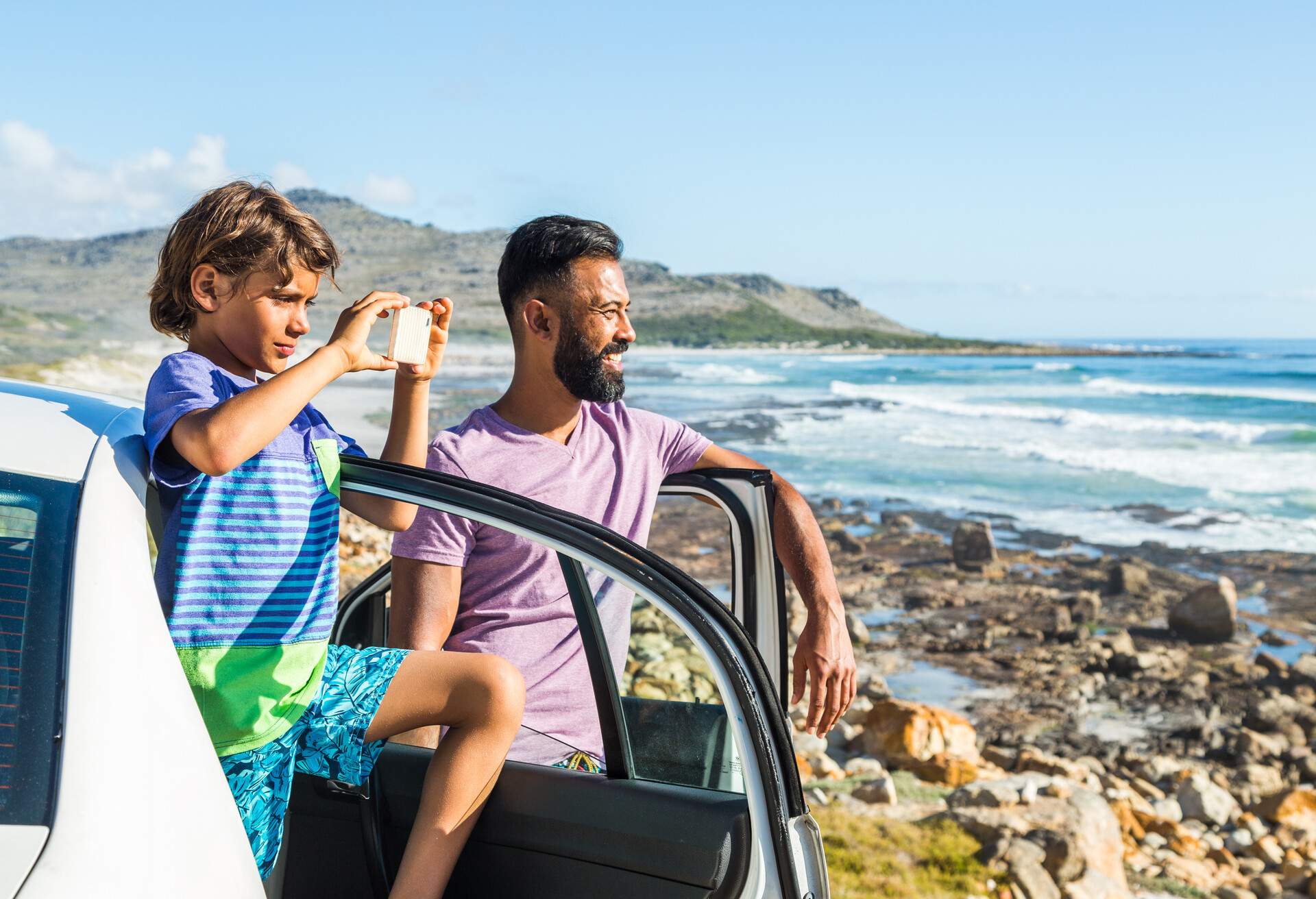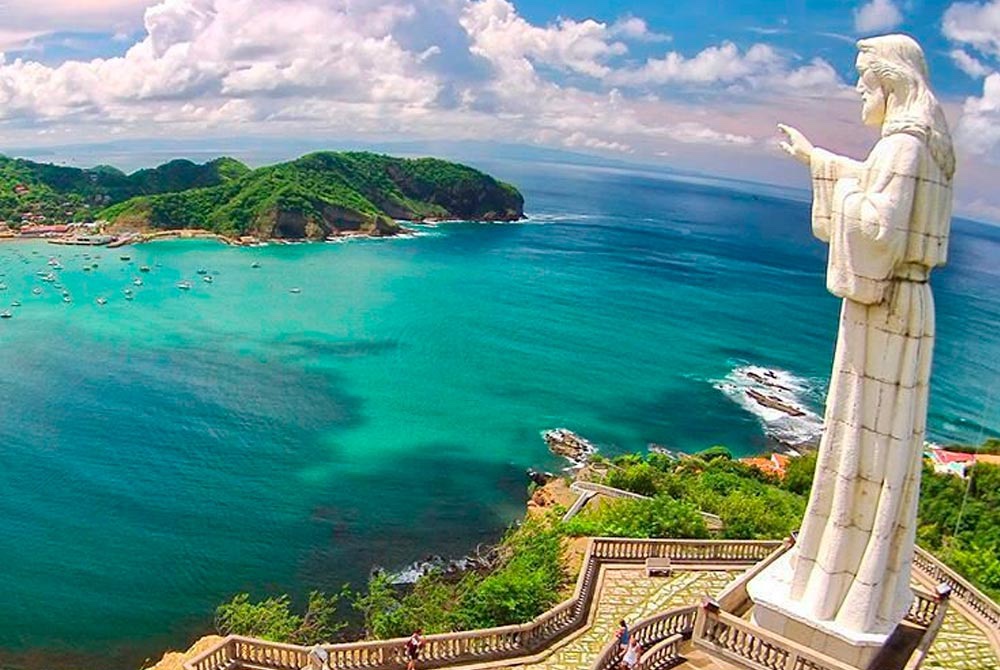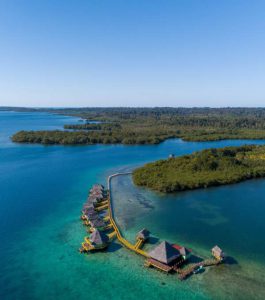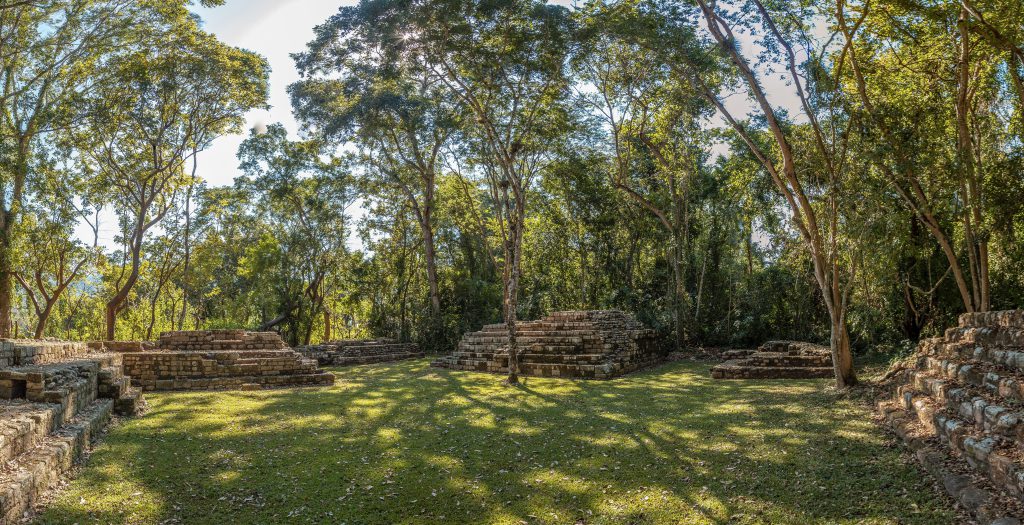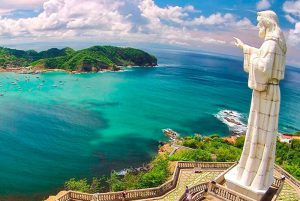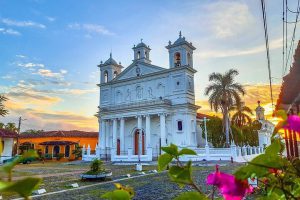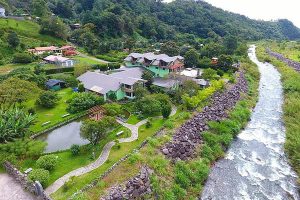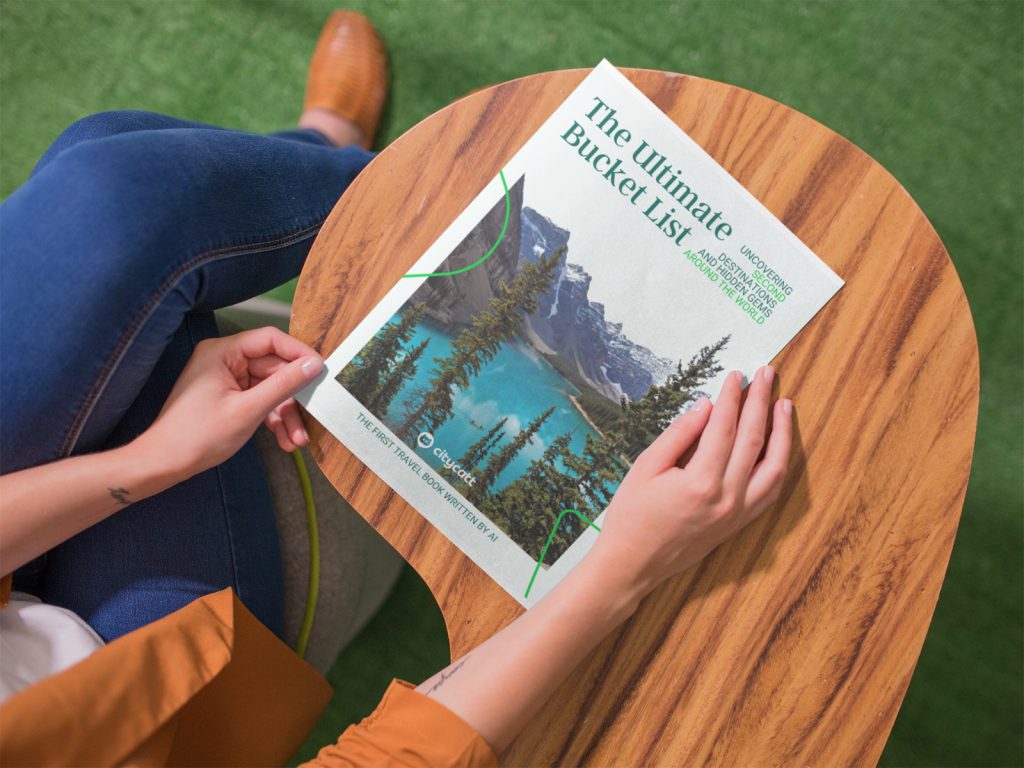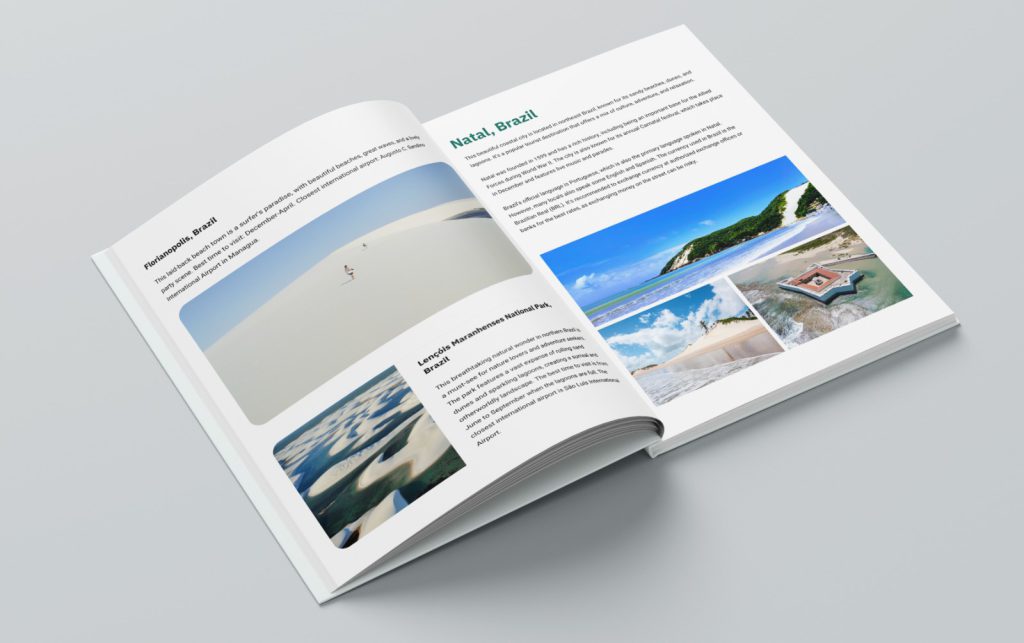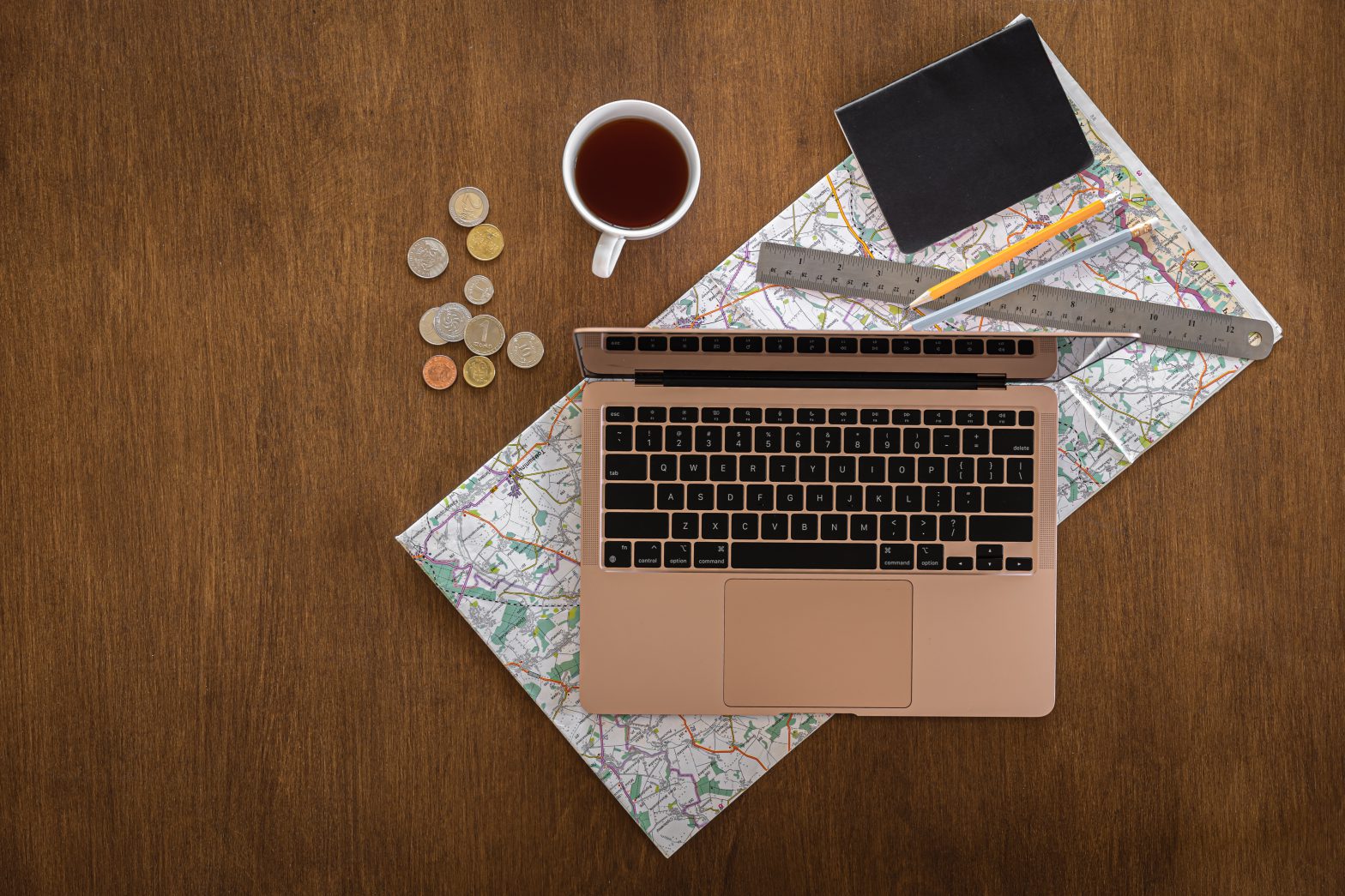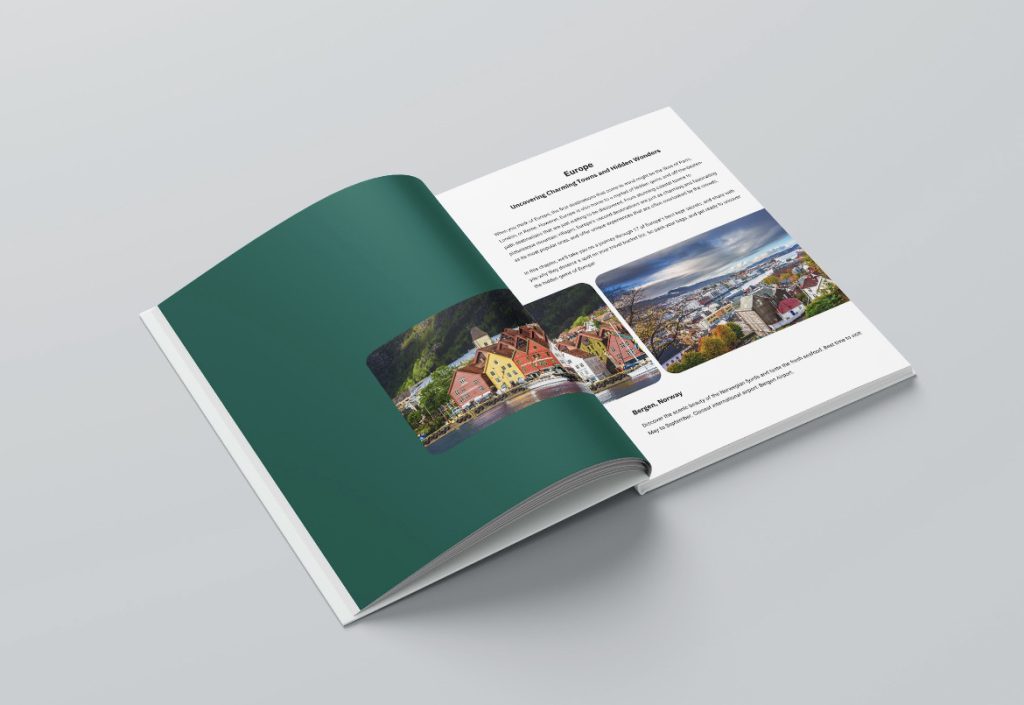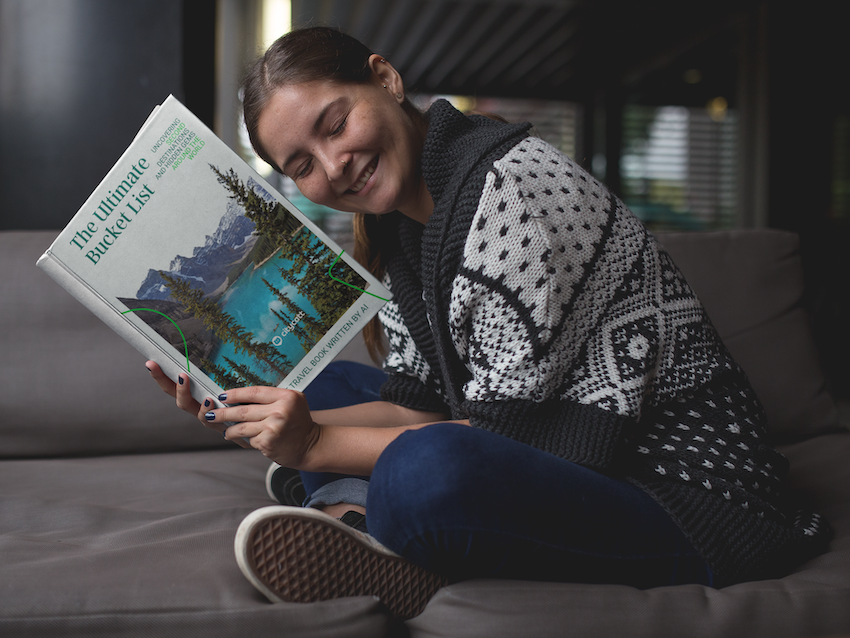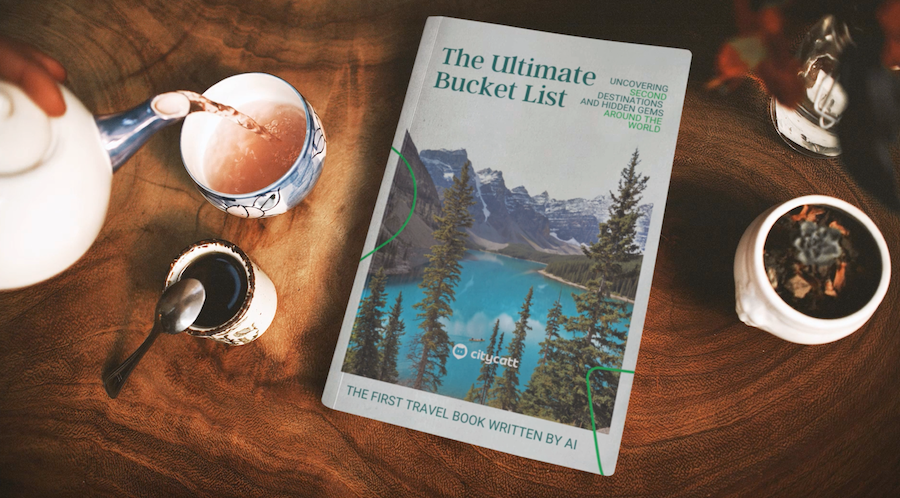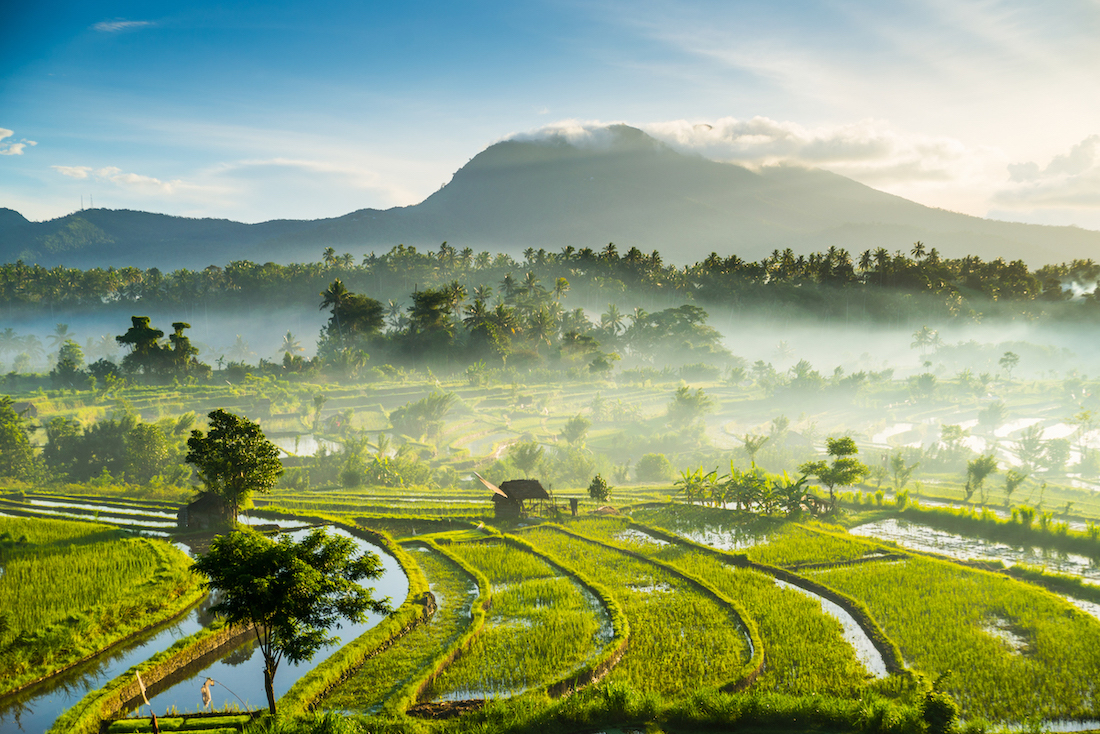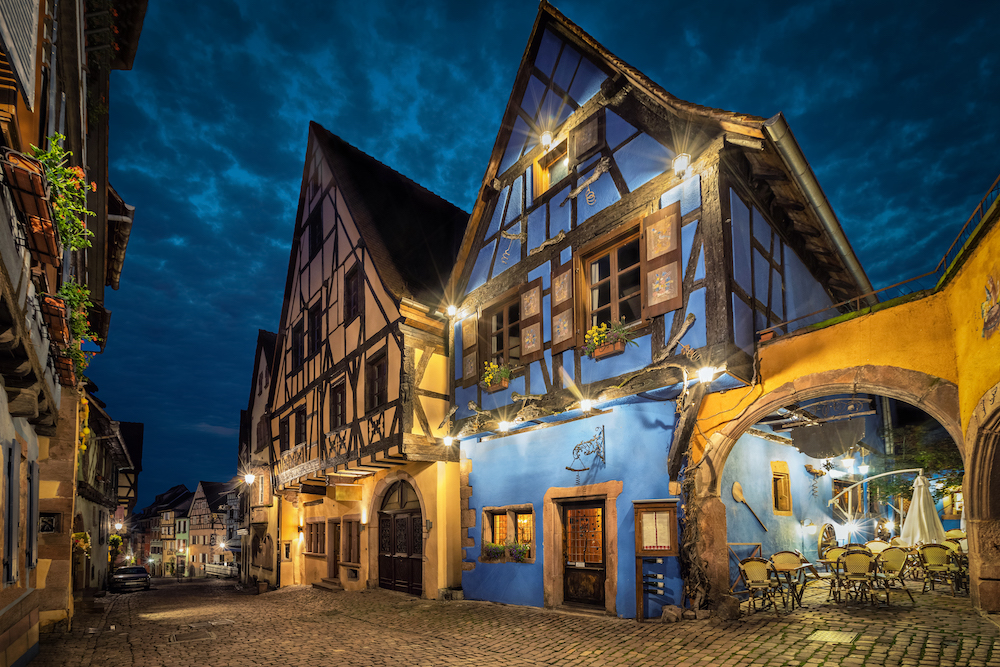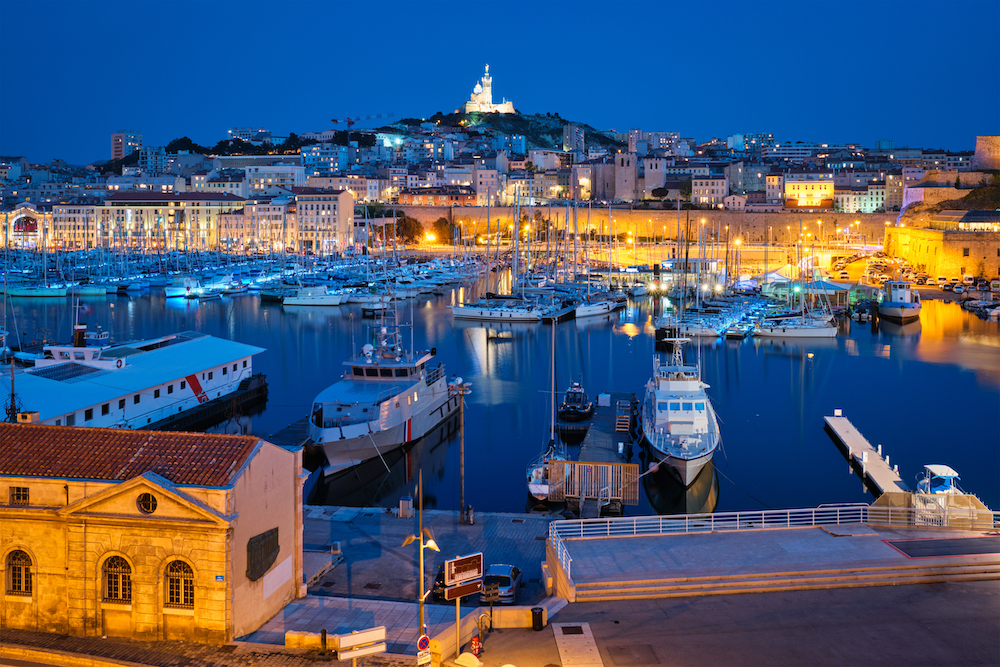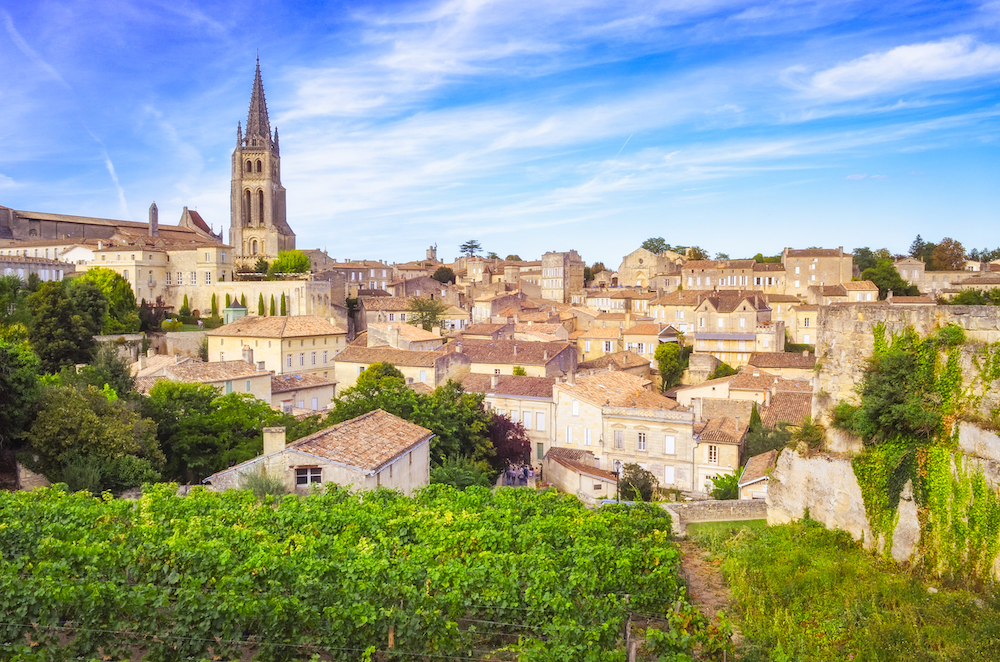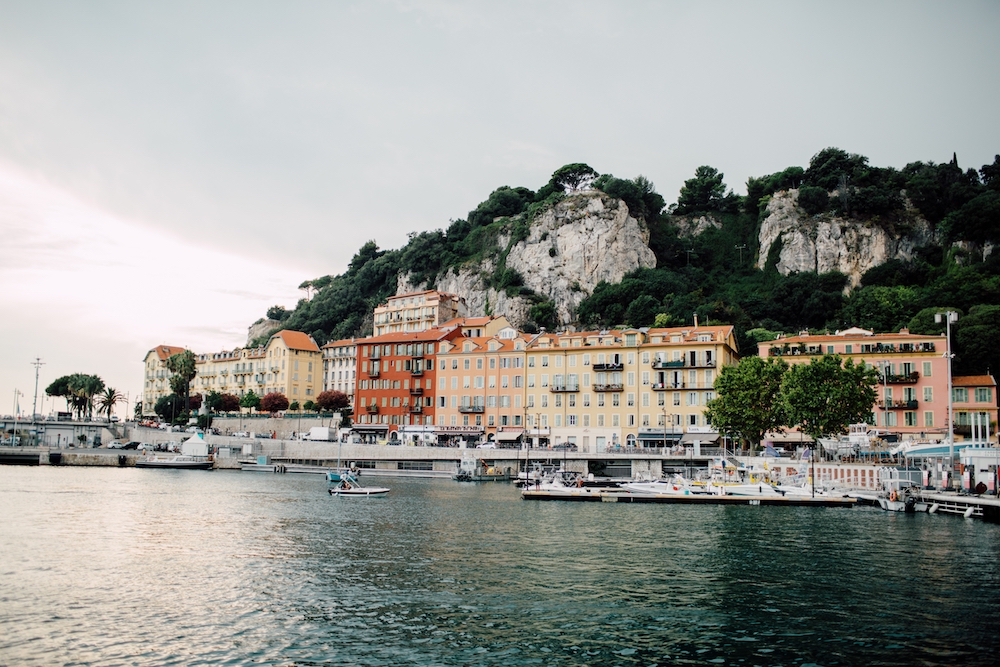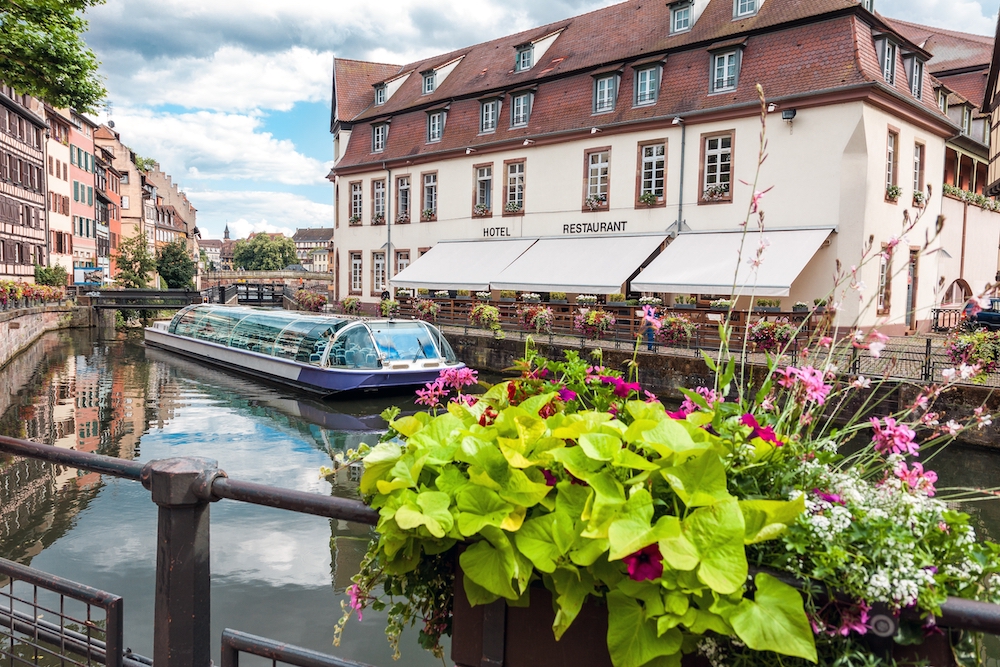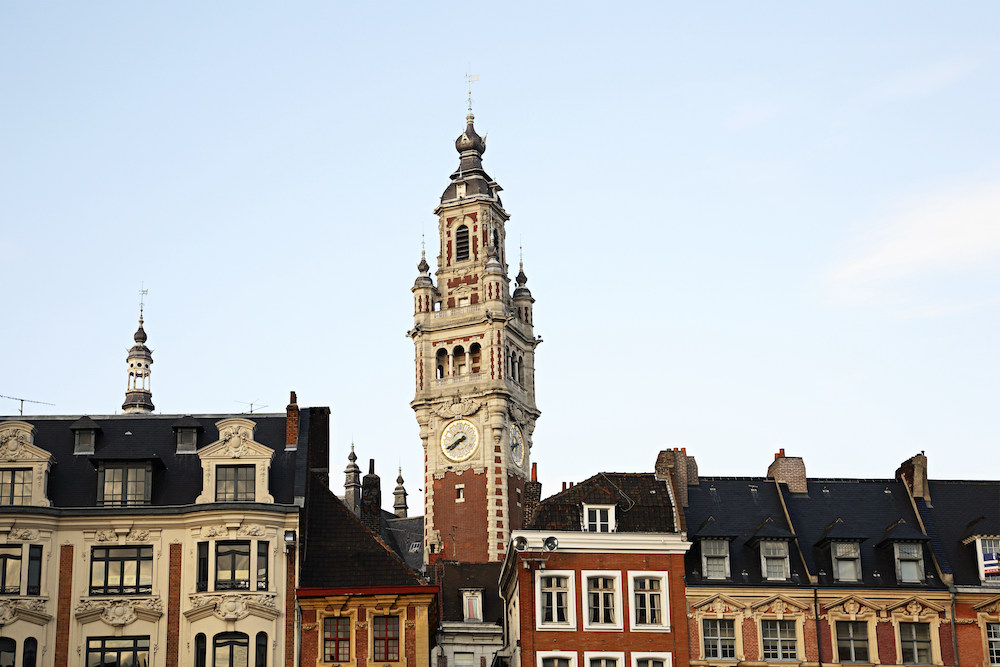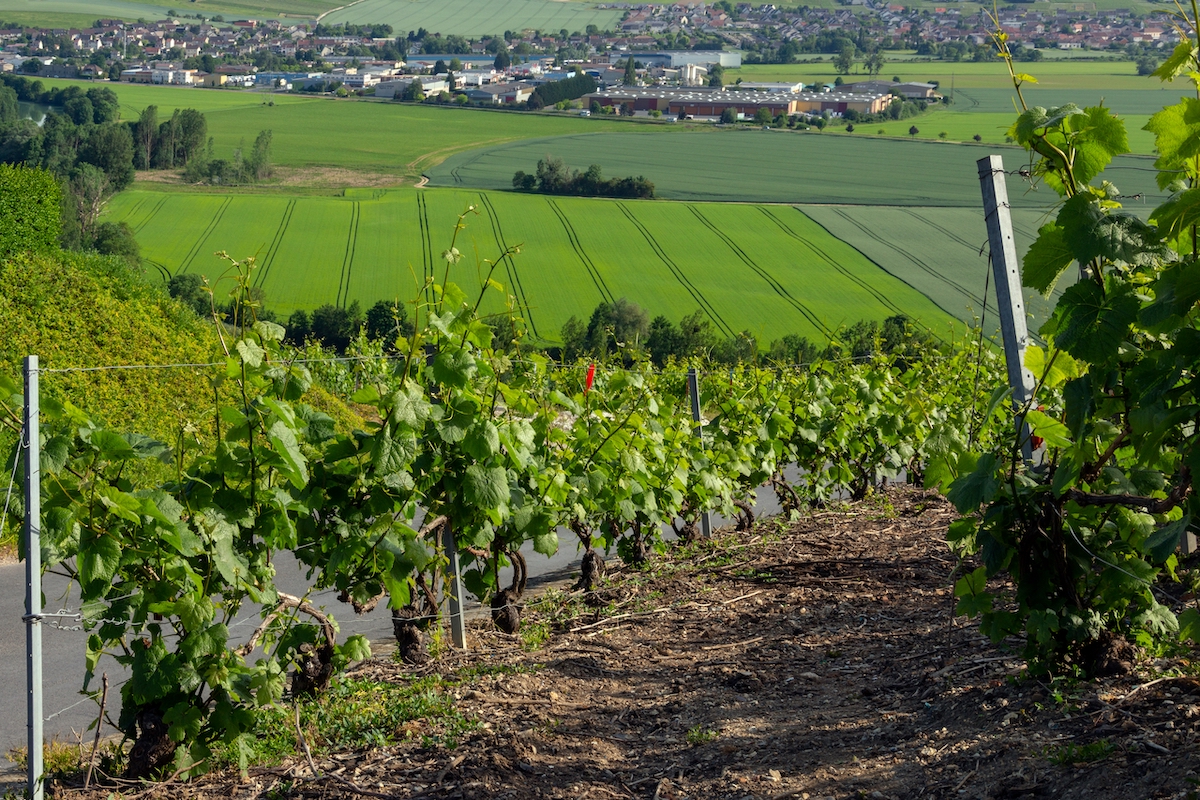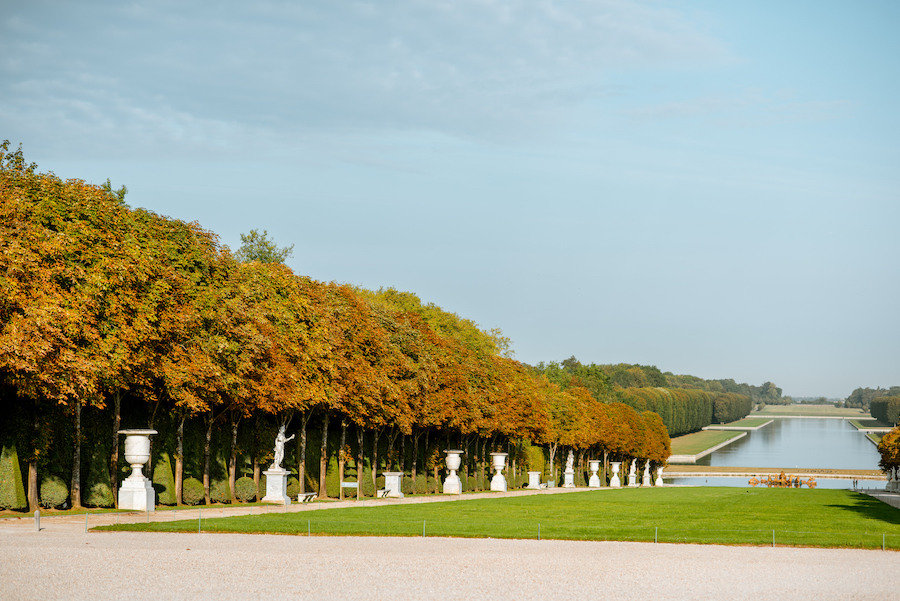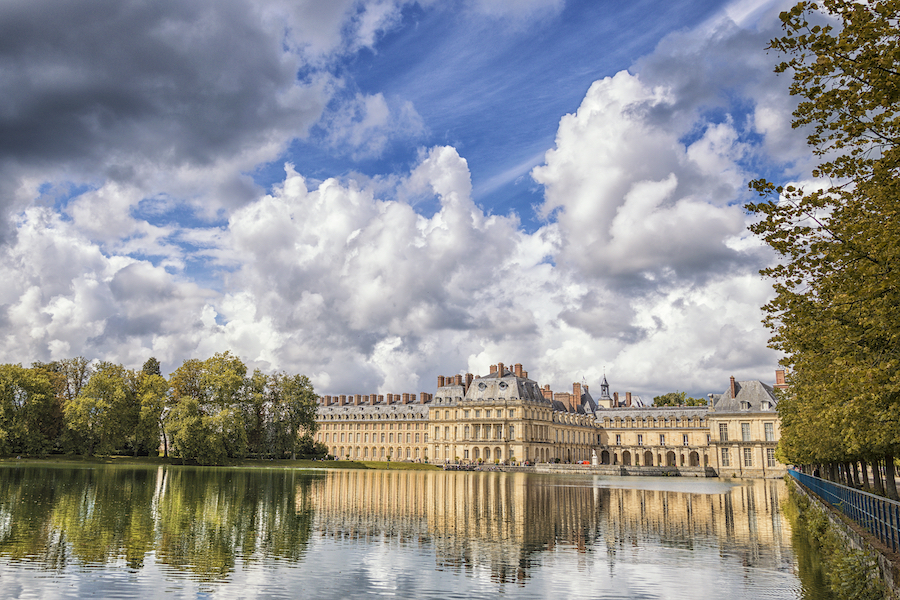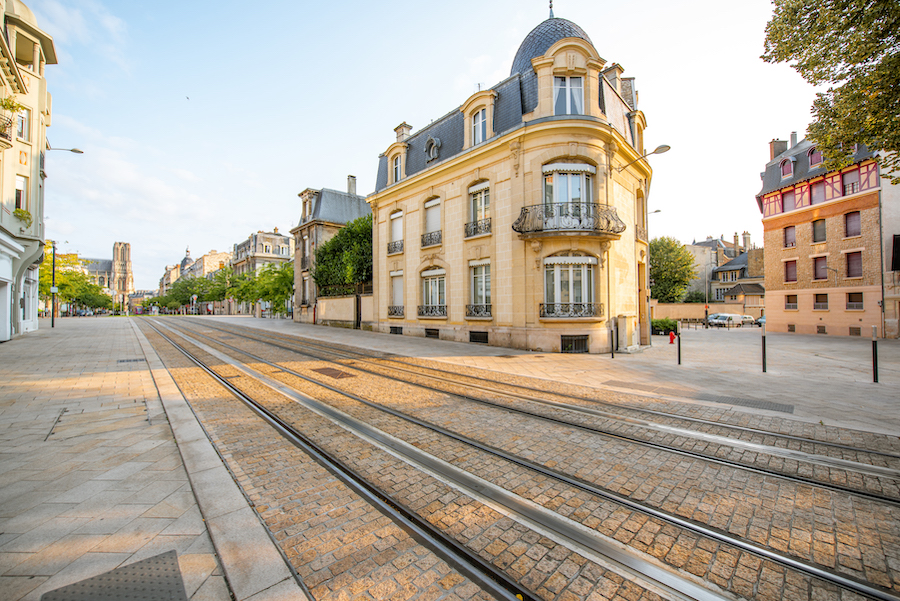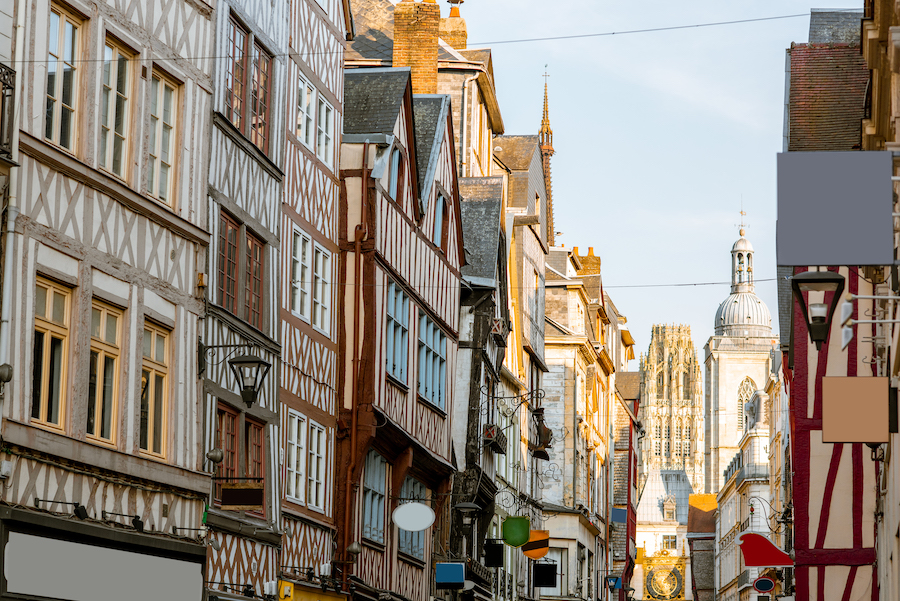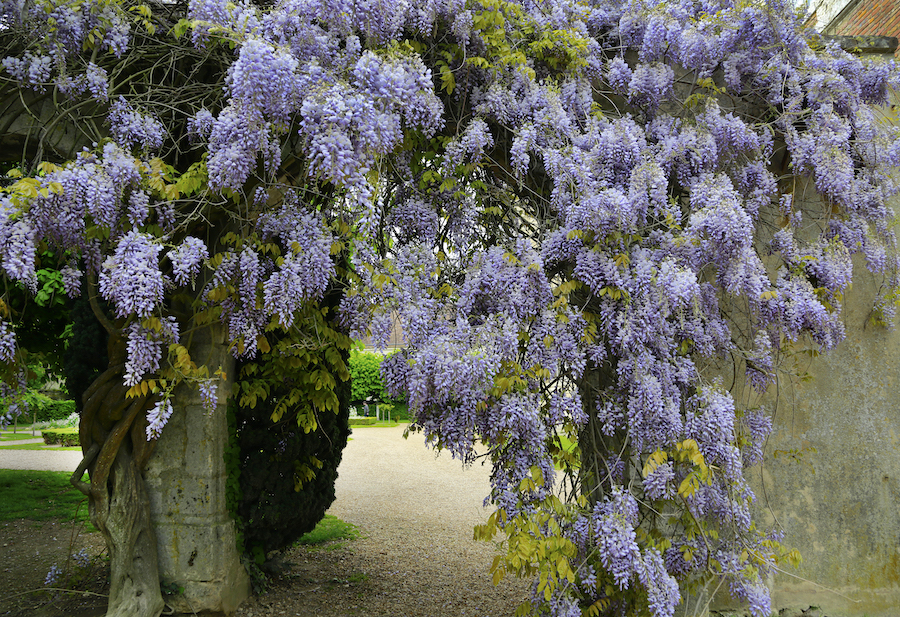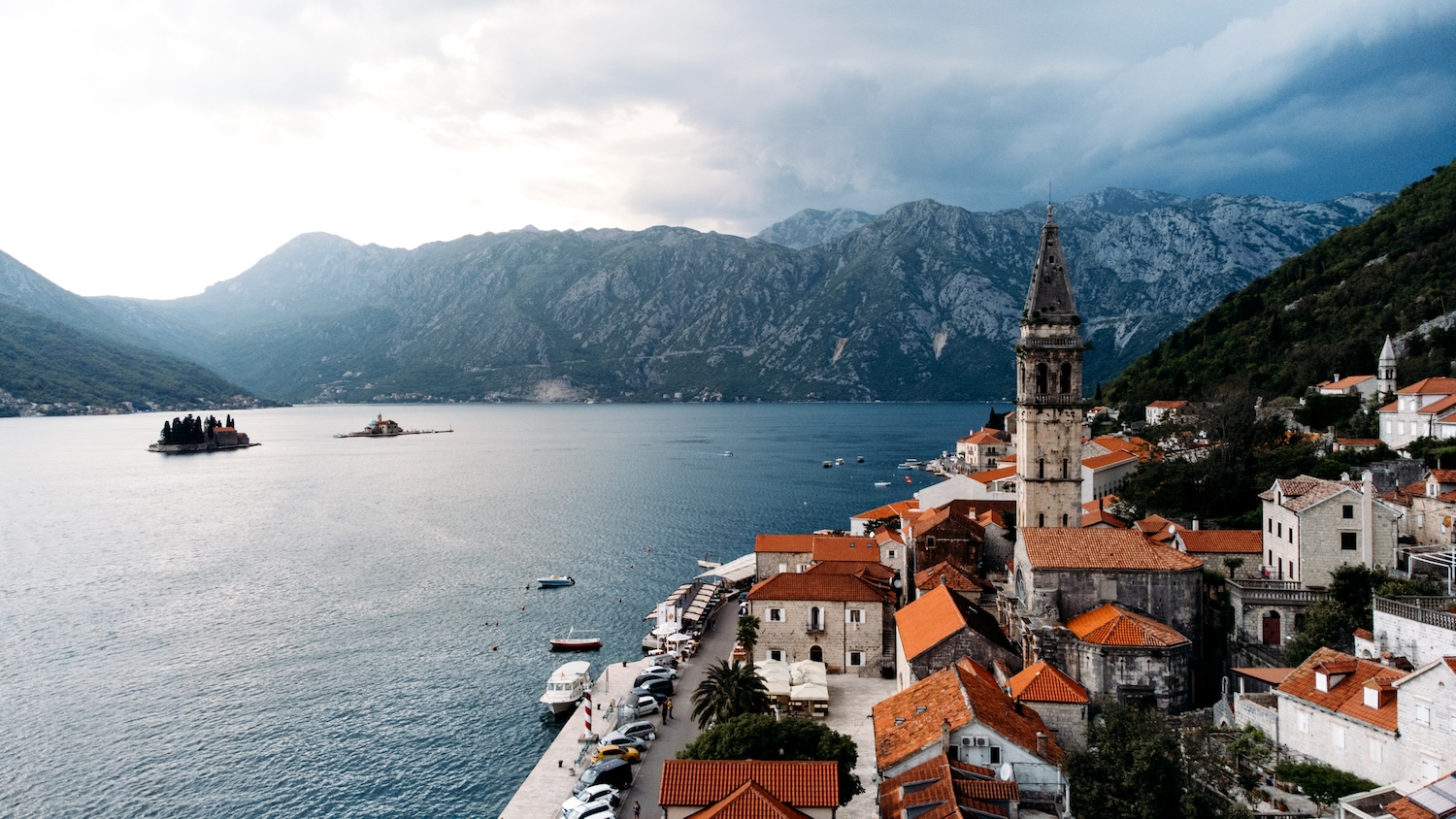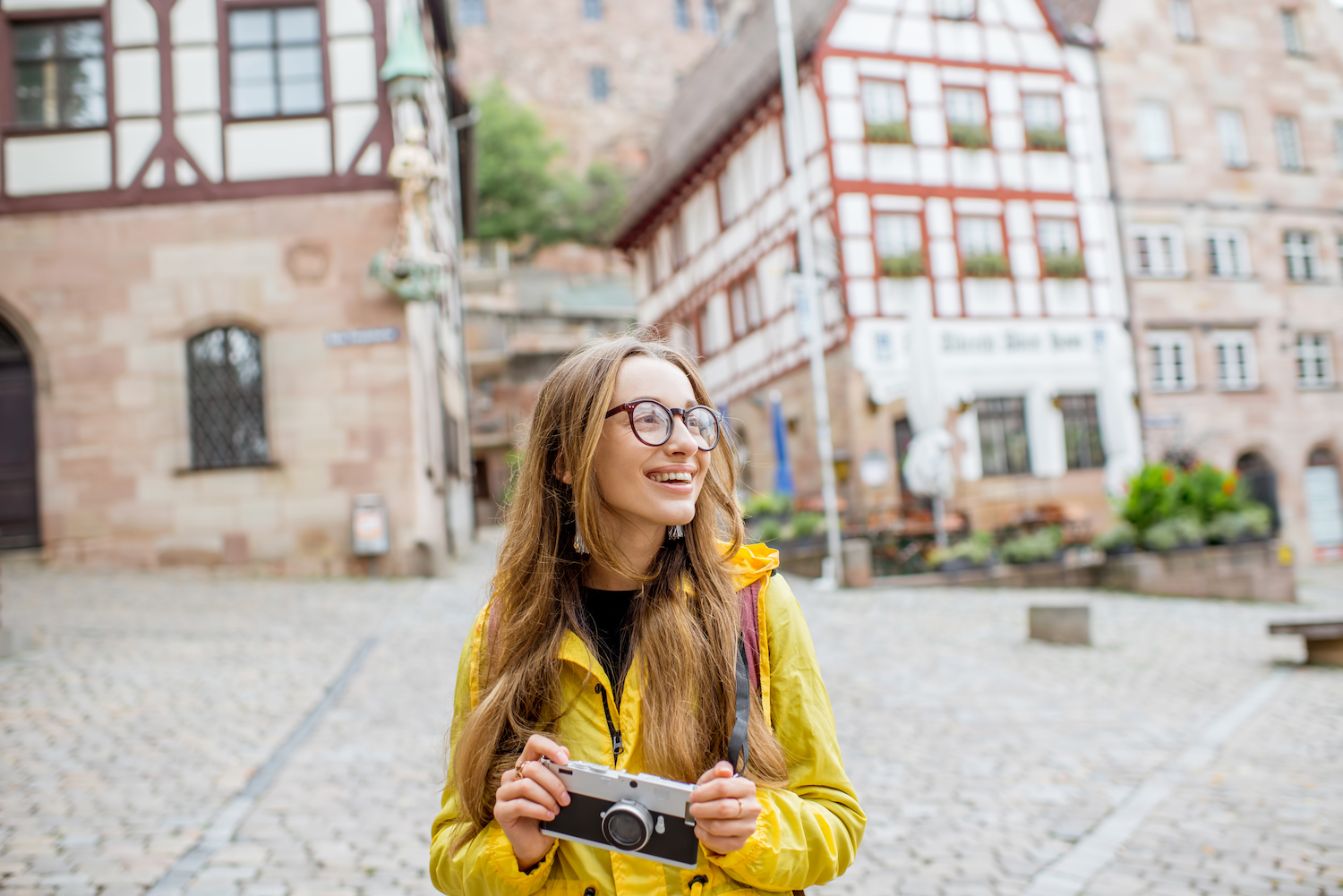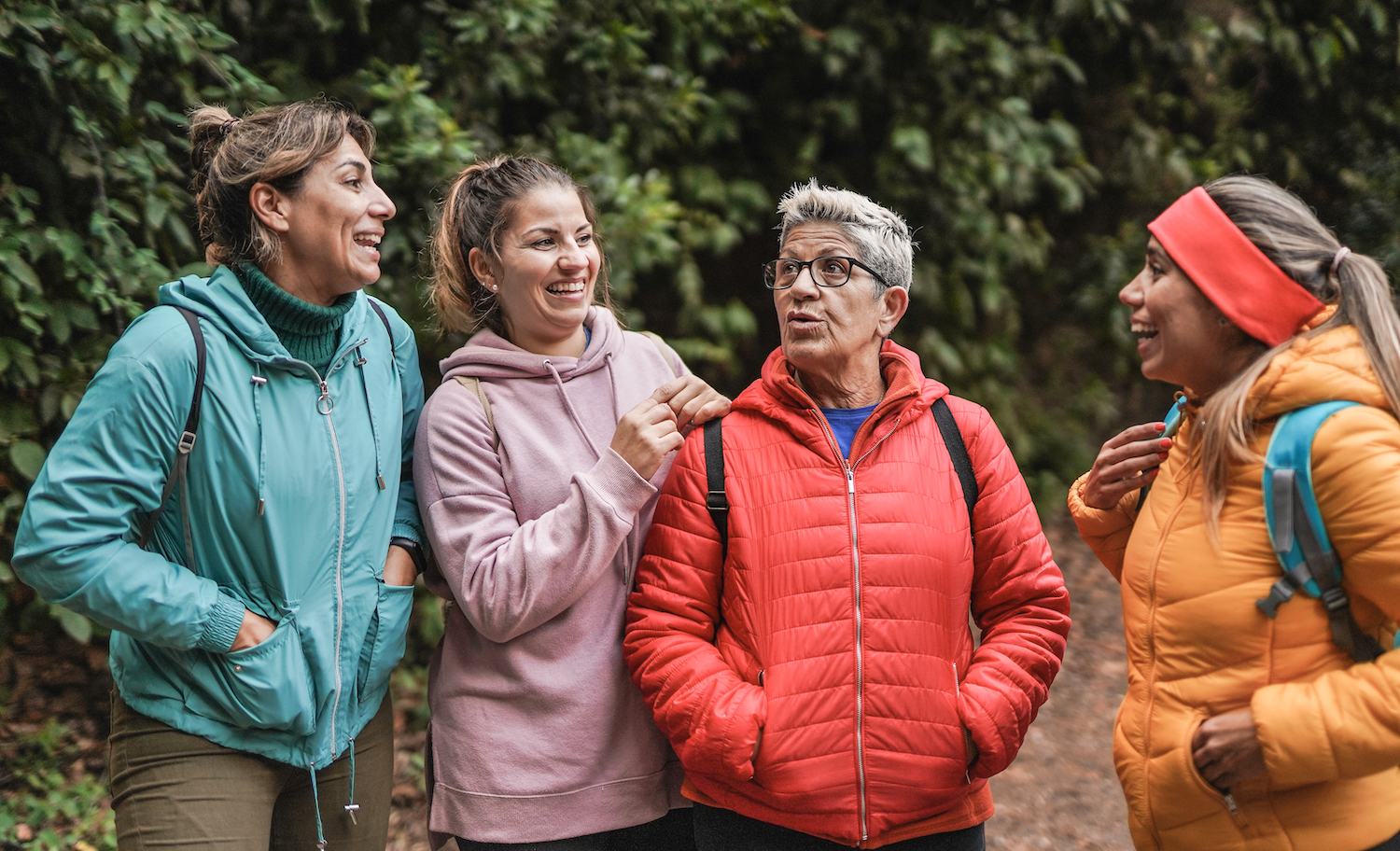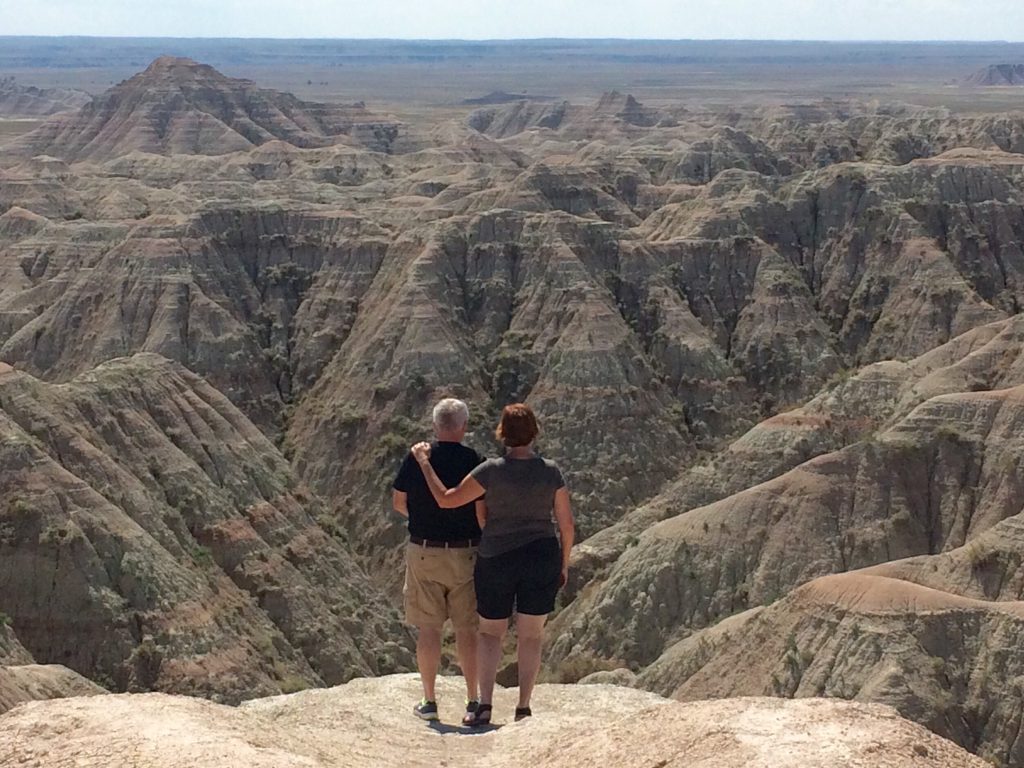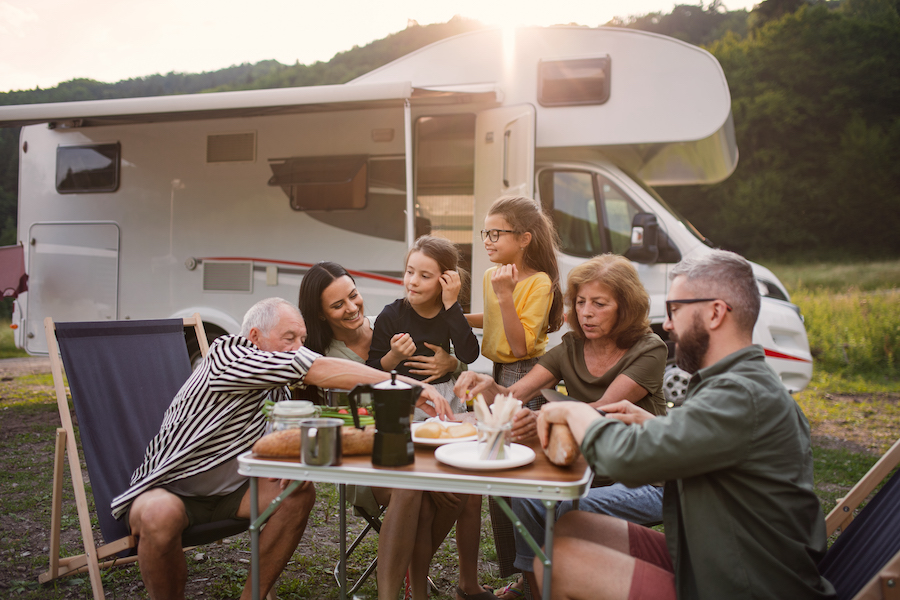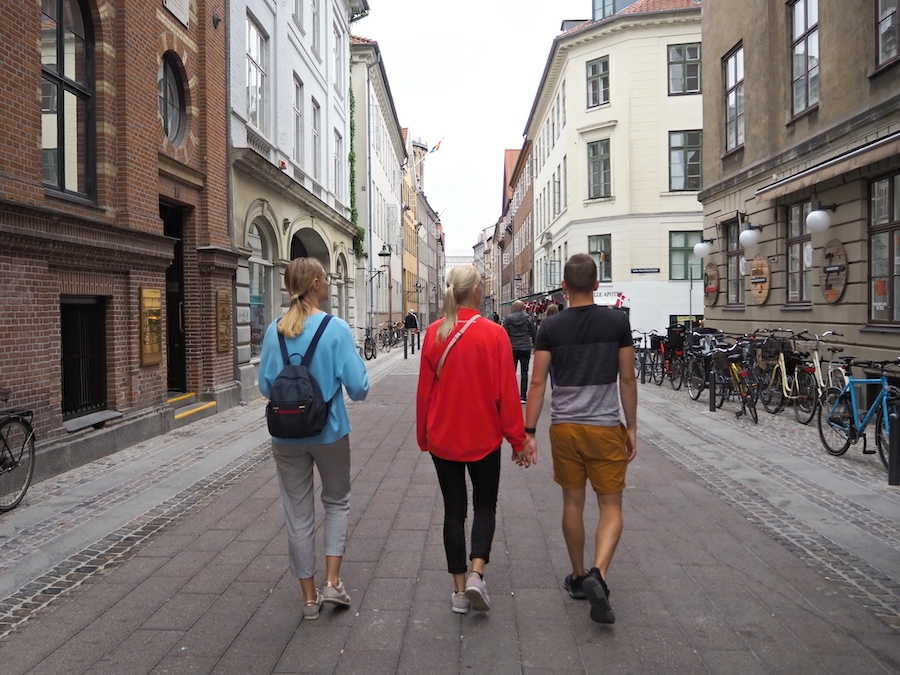Embarking on a journey from dreaming to sharing, the travel experience can often be cluttered with various tools and platforms – a booking site here, an inspiration app there, and a bunch of notes scattered around. What if there was a single solution for all your travel stages? Imagine a personalized tool for planning, booking, real-time updates, local insights, and troubleshooting – all in one place. While this dream travel aggregator app isn’t a reality yet, it’s the vision we share for a seamless and stress-free travel experience. Join us on this journey to simplify and enhance how we explore the world, building a community that thrives on human connections and authentic adventures. Let’s shape the future of travel together.
The Current State of Travel Apps
Every journey can be broken down into five key stages: dreaming, planning, booking, experiencing, and sharing. Initially, we dream of destinations, fueled by stories, images, and a desire for new experiences. Then we dive into planning, where we research routes, accommodations, and activities. This is followed by booking, where we secure our flights, stays, and experiences. Once we embark, the experiencing stage is where memories are made as we immerse ourselves in new cultures and adventures. Finally, sharing allows us to recount our stories through photos, reviews, and recommendations.
Managing the multitude of tools needed for going through all these stages can be overwhelming. For inspiration, we might scroll through Instagram or Pinterest. Planning often involves extensive Google searches, reading blogs, or browsing TripAdvisor. Booking requires another set of tools: airline websites, hotel booking portals, or apps like Booking.com and Airbnb. During our travels, we rely on navigation apps, local guides, and review sites to enhance our experience. Finally, we share our journey on social media platforms, travel forums, or personal blogs.
This scattering of resources across the web leads to a confusing web of bookmarks, emails, and accounts. Switching between apps and websites not only consumes time but also creates opportunities for details to slip through the cracks. The current state of travel apps and tools demands a high level of organization and patience, and even then, information overload is a common challenge for travelers.
The Ideal Travel Experience
The Power of One
The ideal travel experience is one that’s streamlined through the Power of One: a single platform that integrates all stages of travel. Instead of juggling multiple apps and websites, imagine having one go-to destination for the entire journey. This unified app would not only consolidate the dreaming, planning, booking, experiencing, and sharing phases but also provide a cohesive and personalized user experience.
Envision a platform that not only simplifies the travel process but elevates it. The ultimate travel platform would be a blend of functionality and inspiration, a digital travel companion at your fingertips. It would learn from your preferences to suggest destinations and connect you with real people who create itineraries that resonate with your travel style. This is more than just a functional tool; it’s about creating a richer travel narrative.
Future of Travel: Beyond Current Reality
The Gap in the Market
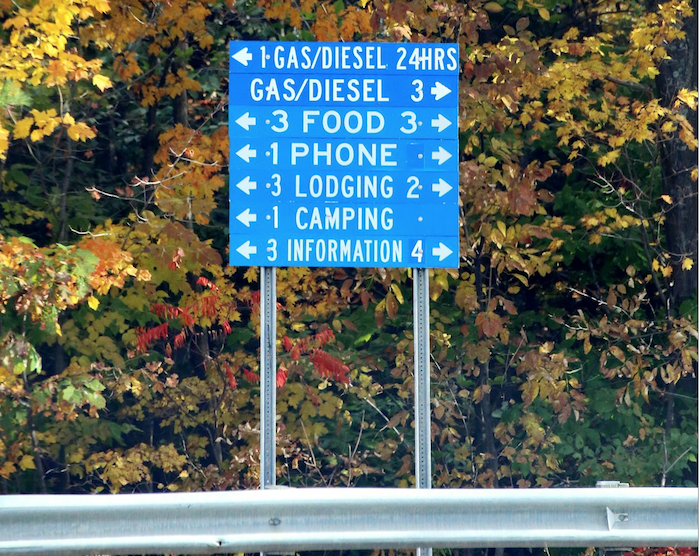
The market today reveals a significant gap between what is available and what travelers crave: a unified travel experience. While some apps attempt to cover multiple aspects of travel, none have successfully bridged all the stages from dreaming to sharing. The gap lies in the lack of integration and personalization. Travelers seek an app that not only serves as a one-stop shop but also tailors the experience to individual needs and preferences.
The demand for such a comprehensive solution is clear. Travelers are looking for ways to cut through the noise and find curated information that aligns with their interests and lifestyle. They want the confidence that every aspect of their trip is managed in one place without losing the personal touch. The gap in the market is an opportunity for innovation, an invitation to develop an app that transcends current offerings and truly understands the traveler’s journey.
Creating Authentic, Human Connections

In the future of travel, technology should serve as a bridge to authentic, human connections rather than a barrier. The vision is for travel apps to not only facilitate the logistics of travel but also to foster interactions between like-minded travelers and locals. By integrating community-driven features such as on-demand travel help, personalized planning, guidance through all stages, local host experiences, traveler meetups, and shared storytelling platforms, an app can enhance the social aspect of travel.
Authenticity comes from real people sharing real experiences. A platform that encourages and simplifies this exchange can transform the way we travel. Imagine being able to connect with a local artist for a workshop, joining a group of adventurers for a hike, or simply finding a dinner companion who shares your culinary curiosity. These connections can make travel more enriching and memorable, grounding the digital experience in the physical world and creating a tapestry of shared human experiences.
Join Us in Shaping the Future
We invite you to be part of the movement that is redefining travel. Your experiences, insights, and feedback are invaluable as we shape an app that truly meets the needs of travelers. By participating in this collaborative effort, you help ensure that the future of travel is not just technology-driven but traveler-centric.
Join us in our mission to create a platform that listens to and learns from its users. Whether you are a seasoned traveler, a digital nomad, or someone who dreams of future adventures, your voice matters. We are building a community where every suggestion helps to refine and enhance the travel experience for all. Together, we can create an app that not only simplifies travel logistics but also celebrates the spirit of discovery and the joy of connecting with others. Be a part of the journey to make travel more seamless and socially enriching for everyone.
Sparking a Revolution in Travel Apps
The future of travel is on the cusp of a revolution, spearheaded by the development of a platform that is set to redefine the industry. What we are creating is not merely an update to existing tools, but a complete overhaul of the travel experience. Something that will be the catalyst for a shift in how people interact with their journeys—from the moment they conceive a trip to the memories they cherish afterward.
We are not just streamlining processes; we are enhancing the essence of travel. By incorporating cutting-edge technology, user-generated content, and a focus on community, we are setting the stage for a new era where travel is more accessible, enjoyable, and connected.
This revolution is about empowering travelers with the right tools to explore the world in a way that is both efficient and profound. Get ready for a travel platform that is as adventurous and dynamic as the travelers it serves.

